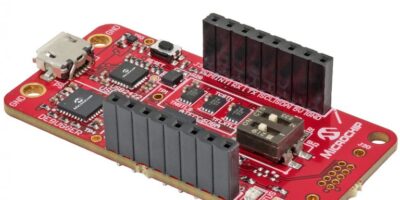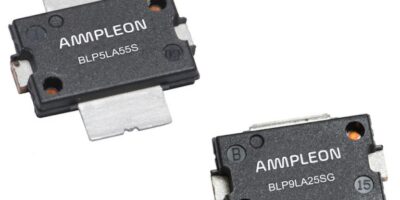FactoryOptix from Aegis Software is a technology that integrates human assembly operations directly into the automated Industry 4.0 environment, using augmented reality (AR) as an additional method to deliver FactoryLogix paperless work instructions.
Aegis FactoryLogix, IIoT-driven MES, brings two digital worlds together in a single solution, for automation featuring the IPC connected factory exchange (CFX), and for human assembly, test and inspection operations featuring AR.
FactoryOptix uses the same internal digital product model to provide all the data and documentation needed for AR to work. The company says this means that cost of ownership and configuration is unchanged from the existing best-in-class FactoryLogix paperless work instruction solution.
This technology can double the productivity of human operators by enabling the use of both hands at all times, not having to pick up barcode readers, use keyboards or a mouse, nor having to look away to read work-instructions from a screen.
This latest AR hardware is claimed to have good battery life and is light enough to allow long-term usage throughout the day without fatigue, in the same way as a heads-up display that features in many cars.
The view through the AR glasses provides critical step-by-step instructions, with confirmation from the operator that each operation is done. Feedback from the operator is captured using voice recognition for commands and actions, with barcodes read by the glasses automatically when instructed to do so.
The automated environment for the operator equates to less dependency on narrowly focused specific skills, meaning that operators are more flexible to work on different tasks, products and variants, without risk of “memory-driven defects”, says Aegis.
Human operators become more broadly skilled, providing flexibility in the factory to adapt to changing manufacturing demands as is to be expected in the high-mix Industry 4.0 environment.
Founded in 1997, Aegis Software is headquartered in Philadelphia PA, with international sales and support offices in Germany, the UK and China.







